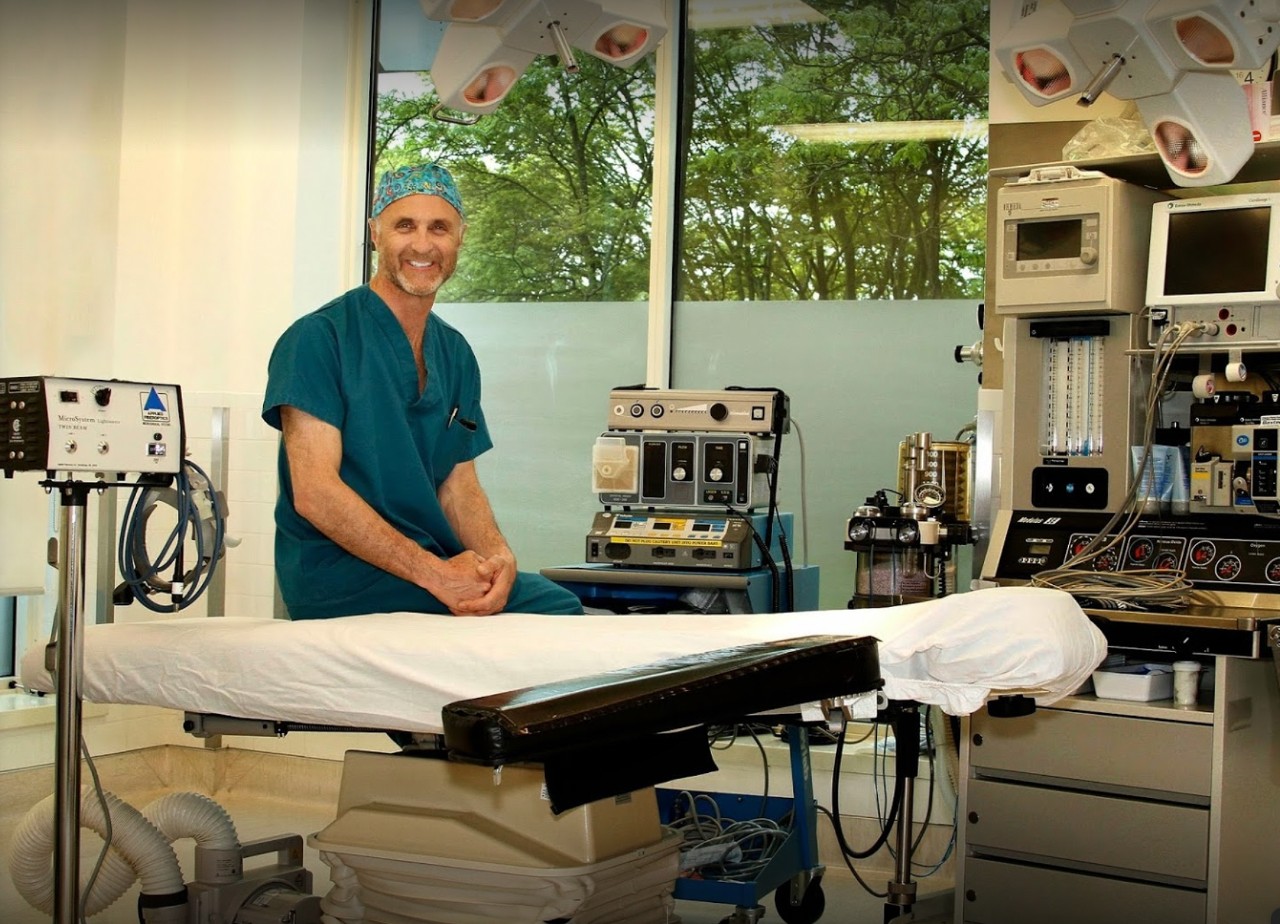
Early one Saturday morning in 1986, when I was a senior resident while in training for plastic
surgery at Vancouver General, I came in to round on patients. A woman on the ward had
been admitted overnight with abdominal pain after a liposuction done by a community
surgeon. When I examined her I was very concerned about her state and asked for the
general surgery service to see her (they are the specialists who care for things like bowel
injuries, appendicitis, etc). Later that day she was in the operating room where they
discovered injuries to her spleen and other internal organs. Fortunately, she made a good
recovery.
You don’t want something to go seriously wrong when you undergo surgery. Neither do I.
You expect to have a safe passage through the surgery process, especially when you have
cosmetic surgery. After all, you are healthy before the surgery.
Safety has been a priority for me throughout my career. When improvements have been
possible I have often been the first to make them standard policy. The last thing I want is to
have a potentially avoidable complication, especially one that may be devastating to you
and by extension to me.
Among these policy firsts are the following:
• Implemented a limit on liposuction volume, and urged the Doctors of BC Section of
plastic surgery to adopt this as a policy.
• Implemented BMI limits for all elective procedures, long before the College of
Physicians and surgeons implemented a far less stringent policy
• venous thromboembolism (VTE) chemoprophylaxis – blood thinners – for all major
body contour surgery
• VTE leg compression pumps – for all surgery
• All hormone supplements must be stopped two weeks prior to surgery, and not
restarted until two weeks after
• Pre-operative warming devices for all patients. (Studies have shown cold patients
have higher risks of many complications, including infection)
• Overnight care for all major body contour surgery and all facelifts
I also rigorously adhere to the World Health Organization “safe surgery checklist”, a system
for prevention of errors developed from pre-flight routines in the airline industry.
The WHO Surgical Safety Checklist was developed after extensive consultation aiming to
decrease errors and adverse events, and increase teamwork and communication in surgery.
The 19-item checklist has gone on to show a significant reduction in both morbidity and
mortality and is now used by a majority of surgical providers around the world.
There are also fine details in the execution of surgery. Things like gentle technique and never
rushing are difficult to quantify but vital to my safe approach. Nowadays, I aim to never have
my pulse over 60 during surgery, and for the nurses and anaesthesiologists to feel the same
calm.
I am going to explain these further in blogs which are coming.
Every surgeon knows there are risks associated with taking a patient to surgery. Explaining
the merits of surgery compared to possible negative outcomes is part of the informed consent
process which became the standard about the time since I became a doctor. But avoiding
complications, especially potentially lethal complications, is far better.

Dr. Gelfant’s Living Beautifully Blog
Join our mailing list and receive updates when a new blog is posted by Dr. Benjamin Gelfant.